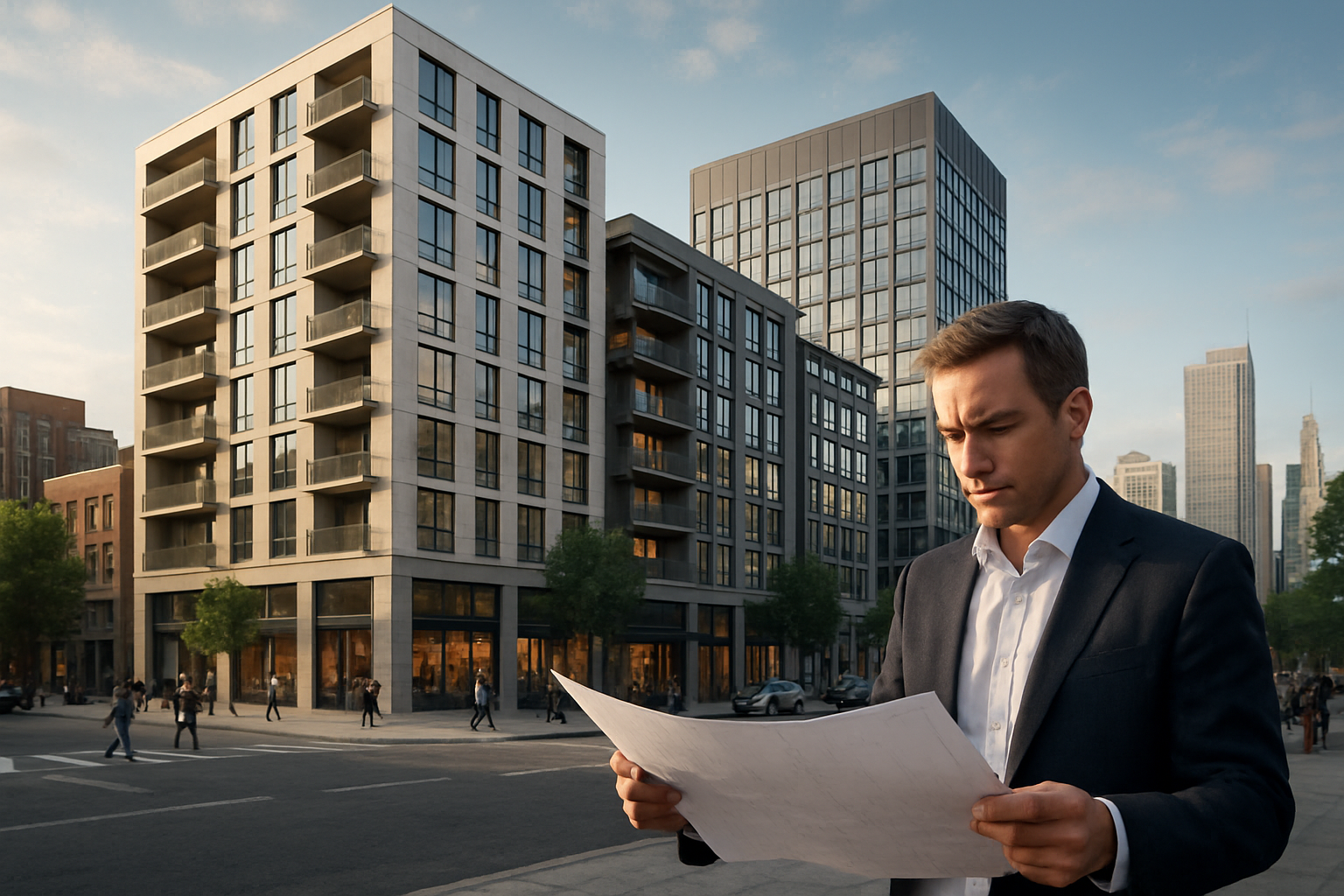Real Estate Redevelopment: Transforming Urban Landscapes
The skyline of cities across the globe is evolving, not just through new construction, but through the strategic reimagining of existing structures. Real estate redevelopment has emerged as a pivotal force in shaping modern urban environments, breathing new life into neglected areas and repurposing outdated buildings. This trend is reshaping neighborhoods, driving economic growth, and presenting unique opportunities for investors and developers alike. As urban populations continue to grow and land becomes increasingly scarce, the art of redevelopment is becoming more crucial than ever in the real estate landscape.

Historically, redevelopment often occurred organically as cities grew and changed. In the post-World War II era, many countries saw large-scale urban renewal projects, some of which were criticized for displacing communities. Today’s redevelopment efforts aim to be more inclusive and considerate of existing neighborhoods, balancing progress with preservation.
Economic Drivers Behind Urban Redevelopment
The financial incentives for real estate redevelopment are significant. In many cases, it’s more cost-effective to repurpose an existing structure than to build from scratch, especially in prime urban locations where land is at a premium. Developers can capitalize on existing infrastructure, potentially reducing construction costs and timelines.
Moreover, successful redevelopment projects can dramatically increase property values in surrounding areas. This ripple effect can lead to broader neighborhood revitalization, attracting new businesses, residents, and further investment. For instance, the redevelopment of New York’s High Line, transforming an abandoned elevated railway into a public park, has spurred billions in nearby real estate development.
Challenges in Redevelopment Projects
While the potential rewards of redevelopment are substantial, the challenges are equally significant. One of the primary hurdles is navigating complex zoning laws and building codes, which may have changed since the original structure was built. Developers often need to work closely with local authorities to obtain necessary permits and variances.
Environmental concerns also play a crucial role. Many older buildings contain hazardous materials like asbestos or lead, requiring careful remediation. Additionally, soil contamination from previous industrial use can complicate redevelopment efforts, adding significant costs to projects.
Community resistance can be another major obstacle. Long-time residents may oppose changes to their neighborhood, fearing gentrification or loss of local character. Successful developers have learned to engage with communities early and often, incorporating local feedback into their plans to gain support and create more sustainable projects.
Innovative Approaches to Urban Redevelopment
As the field of real estate redevelopment evolves, innovative approaches are emerging. Adaptive reuse projects, which repurpose buildings for entirely new functions, have gained popularity. Former factories becoming loft apartments, warehouses transformed into trendy offices, and even churches converted to restaurants showcase the creative potential of redevelopment.
Mixed-use developments are another growing trend in redevelopment. These projects combine residential, commercial, and sometimes industrial spaces within a single development or neighborhood. This approach not only maximizes land use but also creates vibrant, walkable communities that appeal to modern urban dwellers.
Technology is also playing an increasingly important role in redevelopment. Advanced building information modeling (BIM) allows developers to create detailed 3D models of existing structures, facilitating more efficient planning and renovation. Virtual and augmented reality tools enable stakeholders to visualize proposed changes before any physical work begins, improving decision-making and community engagement.
The Future of Urban Redevelopment
Looking ahead, several factors are likely to shape the future of real estate redevelopment. Climate change concerns are driving a focus on sustainable redevelopment practices, including energy-efficient retrofits and the incorporation of green spaces into urban projects. The ongoing shift towards remote work may lead to increased redevelopment of office spaces into residential or mixed-use properties.
Demographic changes will also influence redevelopment trends. As populations in many countries age, there will be growing demand for senior-friendly urban environments, potentially leading to redevelopment projects focused on accessibility and community services. Meanwhile, younger generations’ preferences for urban living and shared spaces may drive innovative co-living redevelopment projects.
The role of public-private partnerships in redevelopment is likely to expand. As cities grapple with housing shortages and the need for improved infrastructure, collaborations between government entities and private developers may become more common, allowing for larger-scale, more comprehensive urban renewal efforts.
In conclusion, real estate redevelopment stands at the intersection of preservation and progress, offering solutions to urban challenges while creating new opportunities for investment and community growth. As cities continue to evolve, the ability to reimagine and repurpose existing spaces will be crucial in creating sustainable, vibrant urban environments for future generations. The field of redevelopment, with its complex challenges and innovative solutions, remains a dynamic and essential aspect of the real estate industry, shaping the cities of tomorrow.





